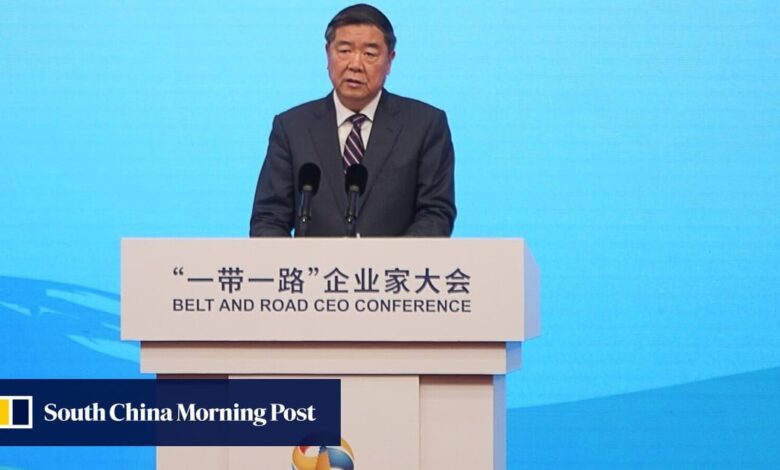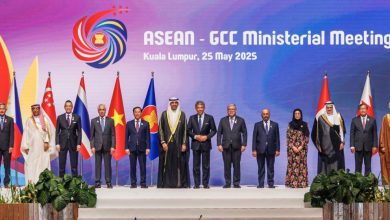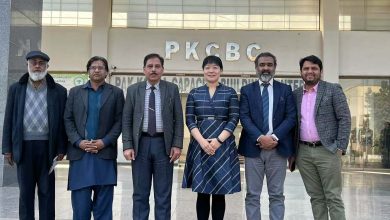China’s Belt and Road Initiative to get a hi-tech boost, with ‘wealth of opportunities’ promised for partners

China will prioritise hi-tech and new energy in its plans for the Belt and Road Initiative – sectors it views as critical to powering domestic growth over the long run and consolidating its footing in the global supply chain, senior officials said on Tuesday.
“The frenetic rise and growth of the digital economy, smart manufacturing, and green economy represents the future of the world economy. Cooperation between China and [belt and road] countries in these fields promises a wealth of opportunities,” said He, whose remit includes trade and foreign economic cooperation.
Is China’s Belt and Road Initiative running out of steam?
Is China’s Belt and Road Initiative running out of steam?
“We encourage companies from all countries to focus on big data, artificial intelligence, e-commerce and new energy, swap ideas and align projects and investments to make the [belt and road plan] smarter, greener and healthier in its next decade to benefit all peoples,” He added.
He also stressed in his keynote speech that financing and debts must be “sustainable” in the next decade.
The comments aligned with Beijing’s efforts to counter the challenges of the heightened US-led tech containment on China’s access to advanced technology and the West’s moves to diversify supply chains away from China.
Zhang Yuzhuo, director of the State-owned Assets Supervision and Administration Commission, emphasised the need to rework the supply chains of China and belt and road countries for greater synergy and to step up exchanges in talent, technologies and standards to complement one another.
Looking ahead, Zhang also said China’s state-owned enterprises would take the lead in building a slew of landmark belt and road developments while also creating “quick and nimble, small but beautiful, economical and practical projects”.
Beijing is taking stock of the 10 years of the belt and road plan, first sketched out by Xi on visits to Kazakhstan and Indonesia to cover the ancient Silk Road and maritime routes linking Asia, Africa and Europe. It now wants to delineate a course for the next decade.
Wang Bo, president of China CAMC Engineering, an affiliate of China National Machinery Industry Corporation, said in an interview with The Paper, a Shanghai-based media outlet, that the fickle and fragile geopolitics and global economy mean more headwinds for the Belt and Road Initiative.
China must beef up belt and road tech amid US curbs, Italy exit plan: analysts
China must beef up belt and road tech amid US curbs, Italy exit plan: analysts
Wang called for more international use of the yuan in some pilot projects, such as through a yuan capital pool for loans, and for prioritising flexible funding support for industrial projects with viable returns.
Robin Xu, head of Asia industrials and infrastructure research at UBS Securities, said Chinese manufacturers and exporters in some new sectors highlighted by He have already established their edge.
“We expect China’s solar and battery supply chains and construction machinery and auto glass makers to be global market-share leaders. In addition, easier transport connections and lower shipping rates facilitate trade between China and [belt and road] countries,” Xu said, adding that the initiative has “stimulated trade for countries covered by the infrastructure development strategy, over the past decade”.
“The [belt and road plan] will be increasingly important for Chinese corporations from 2023 onwards,” he said.





